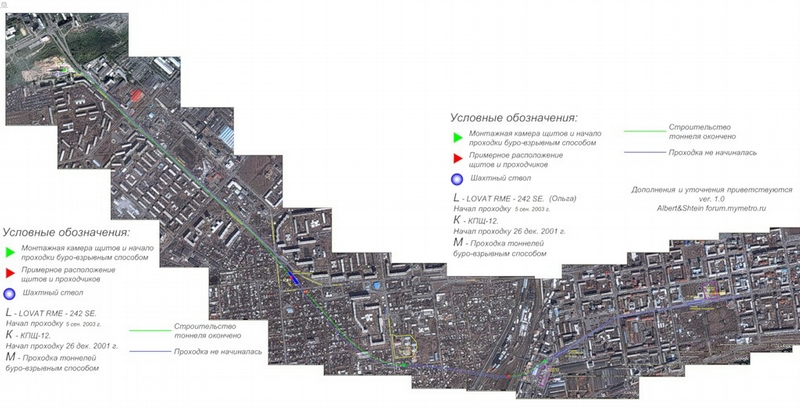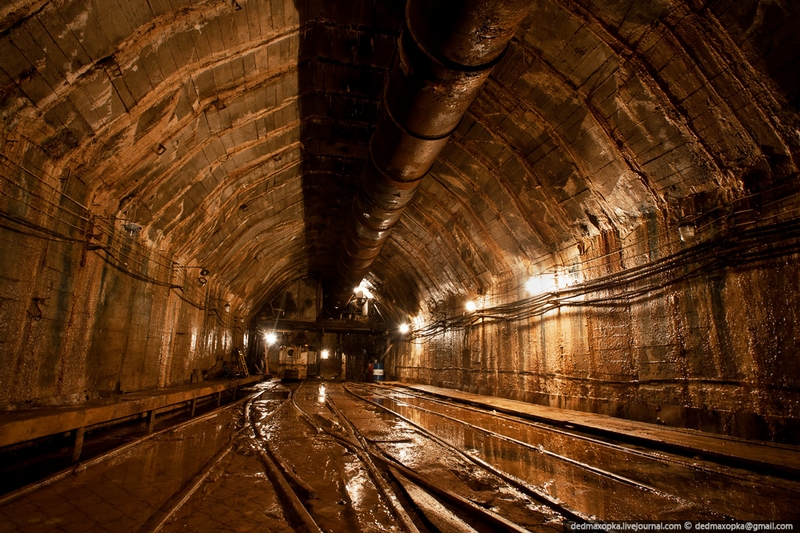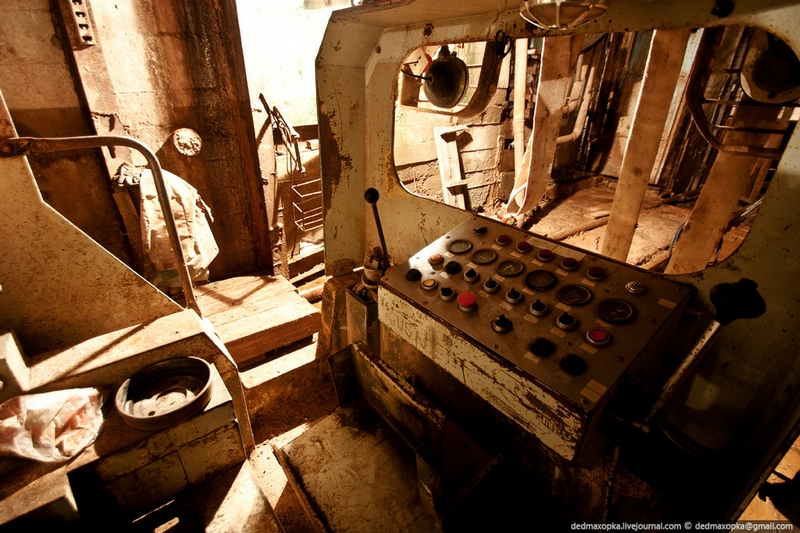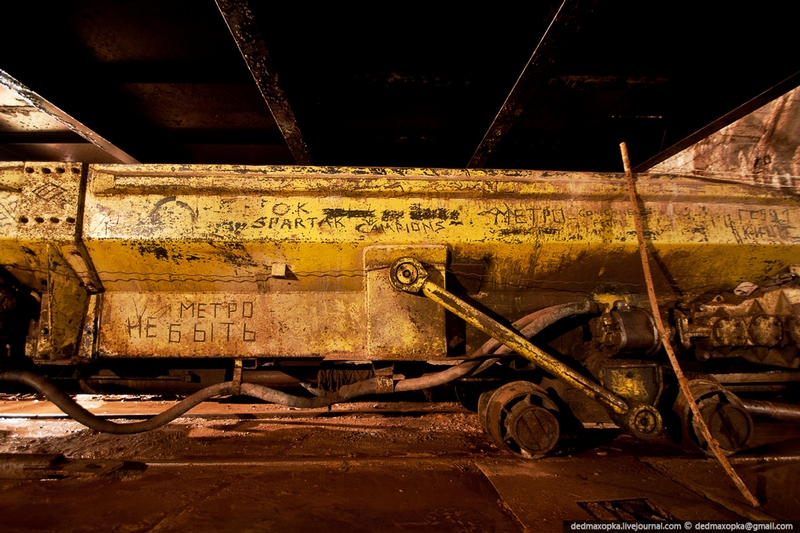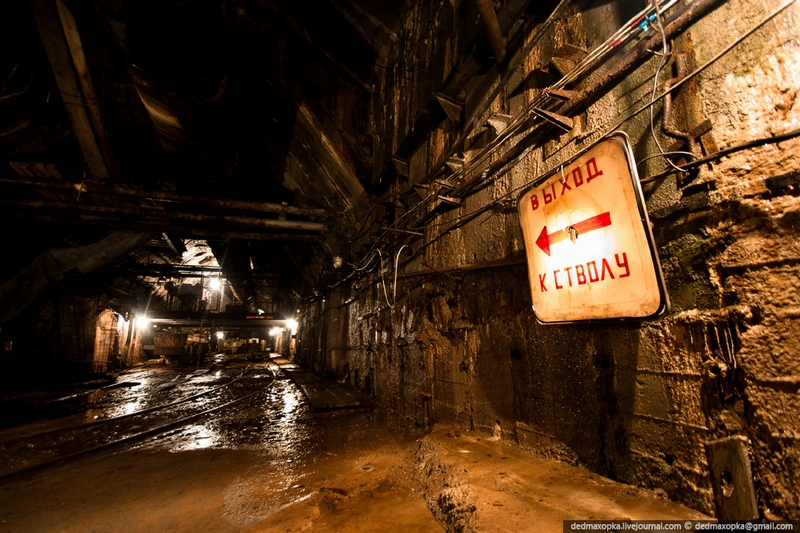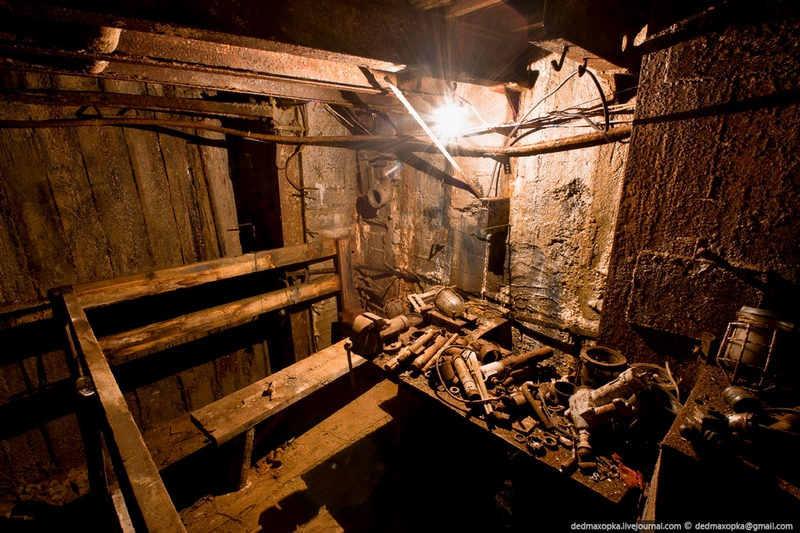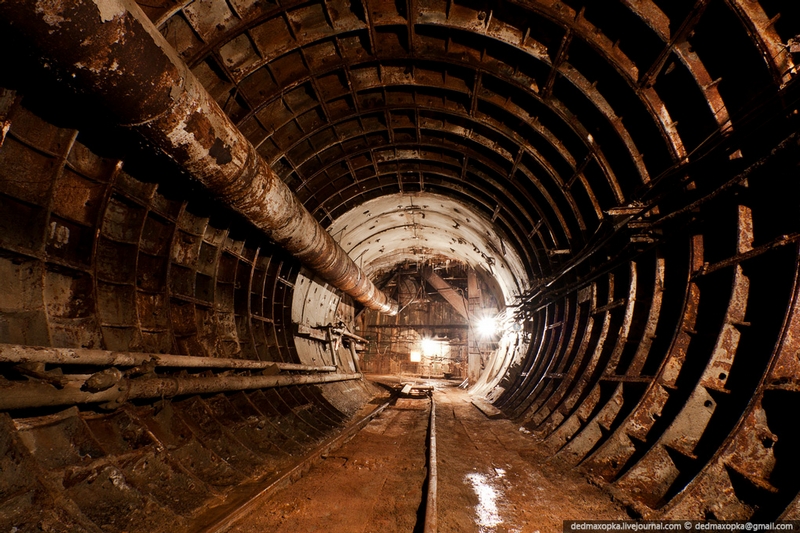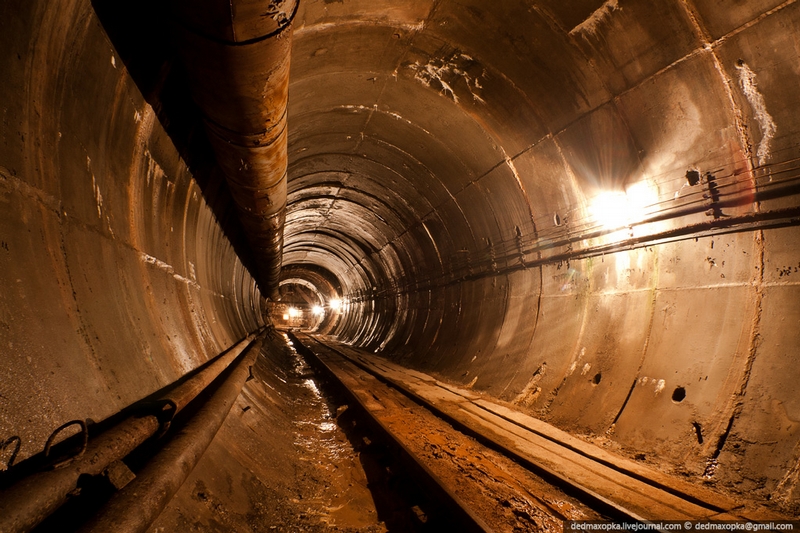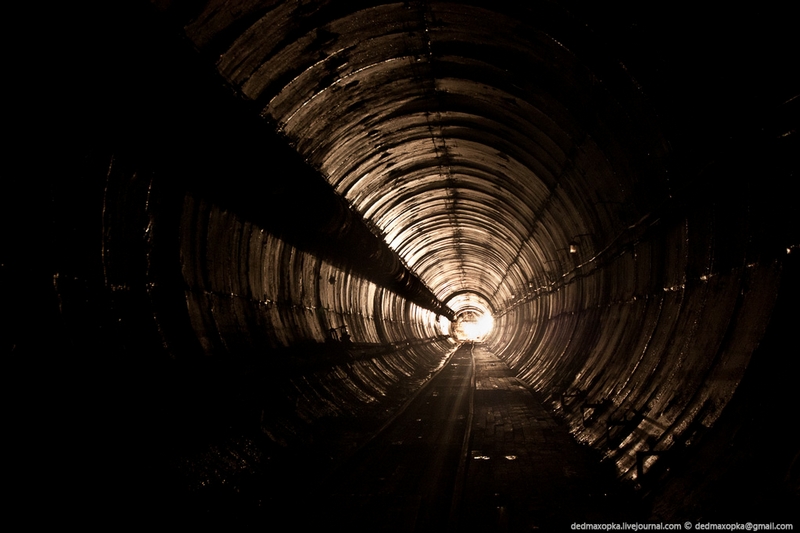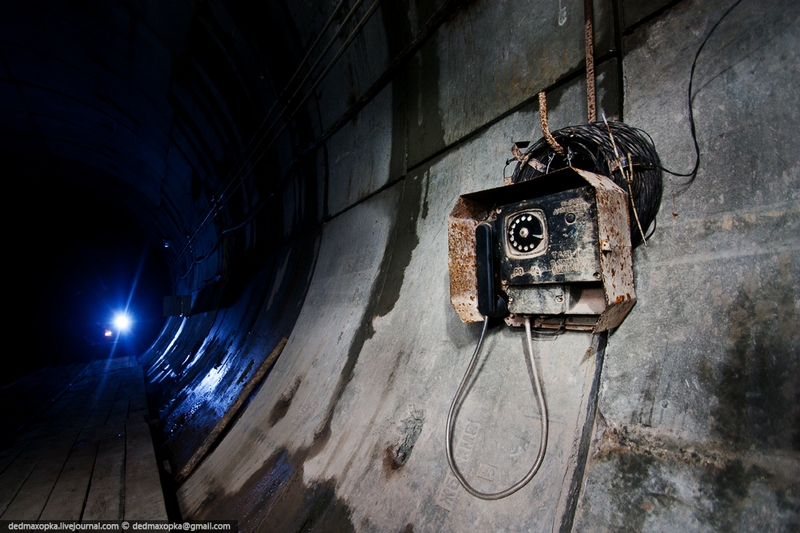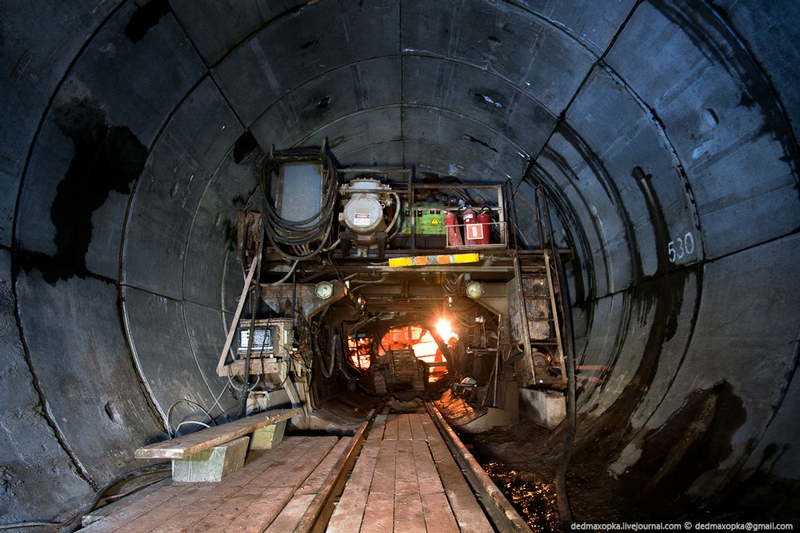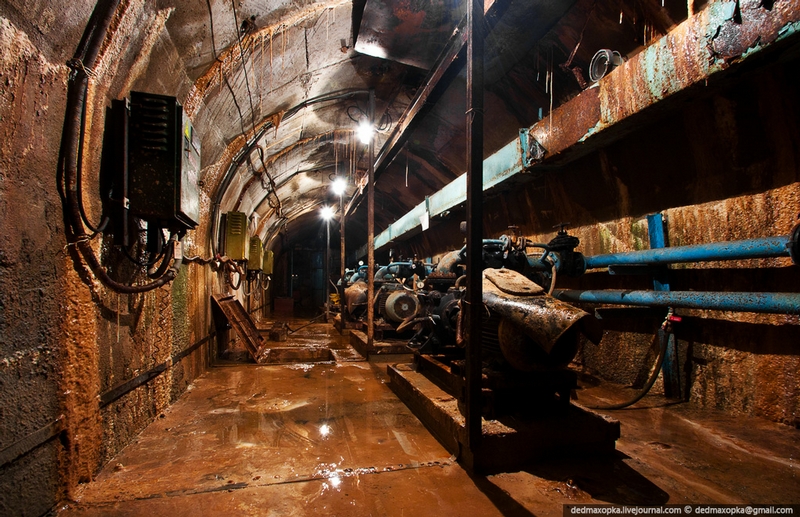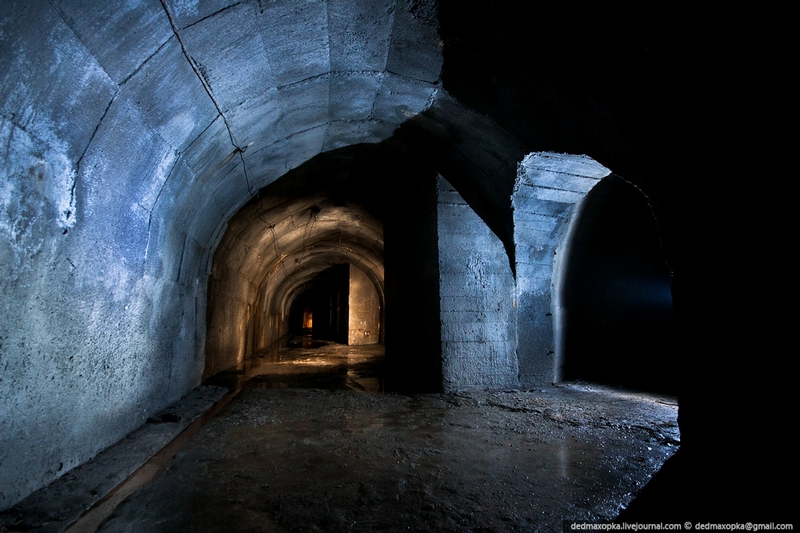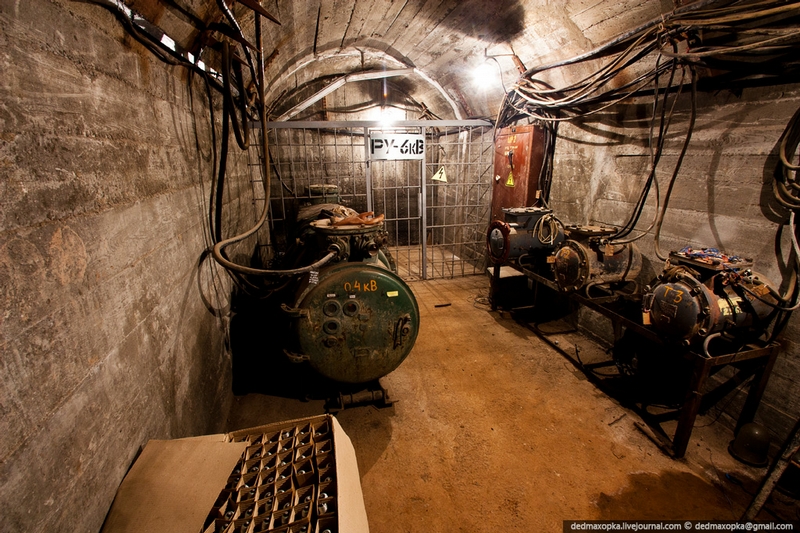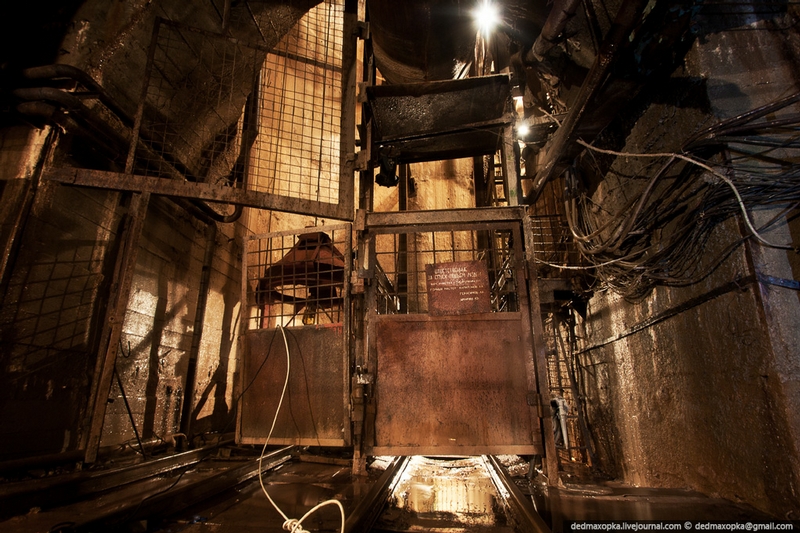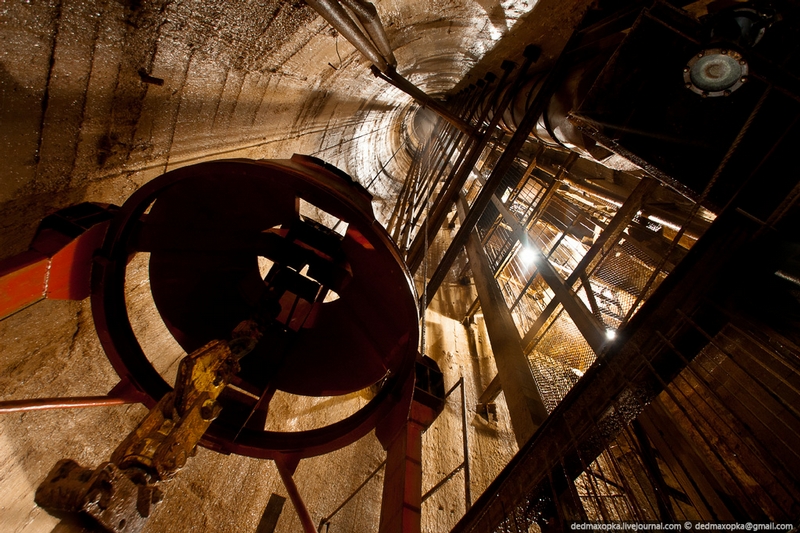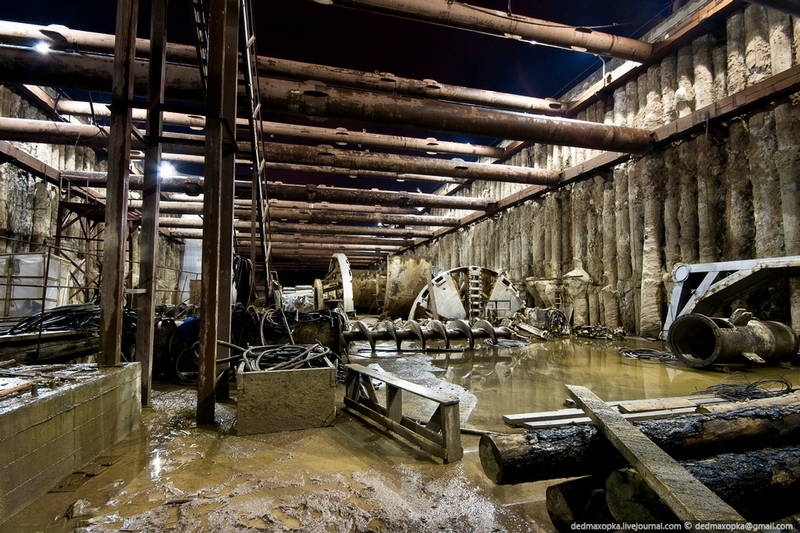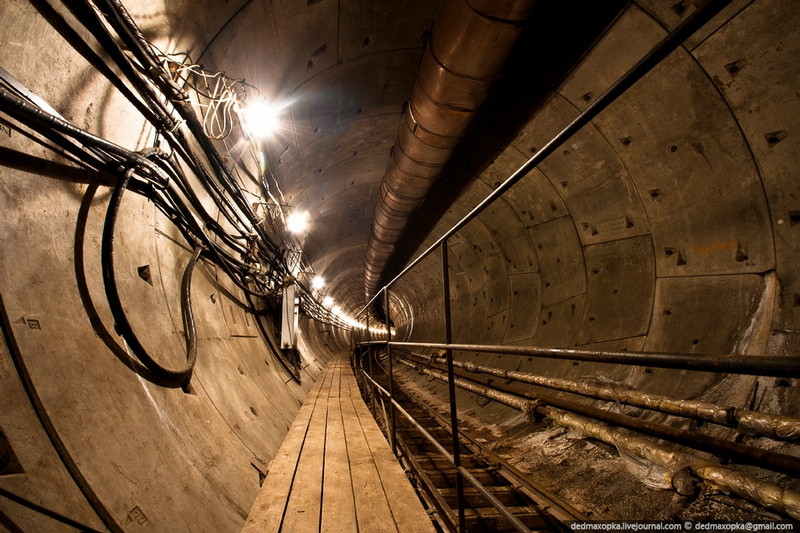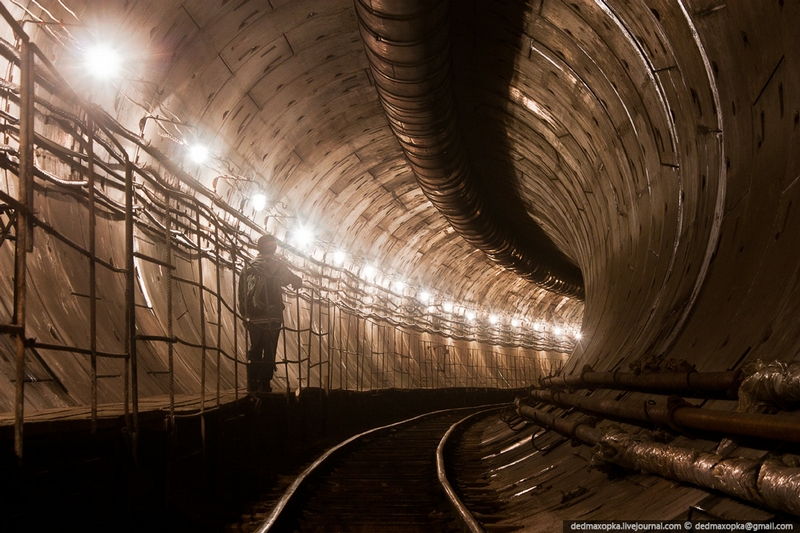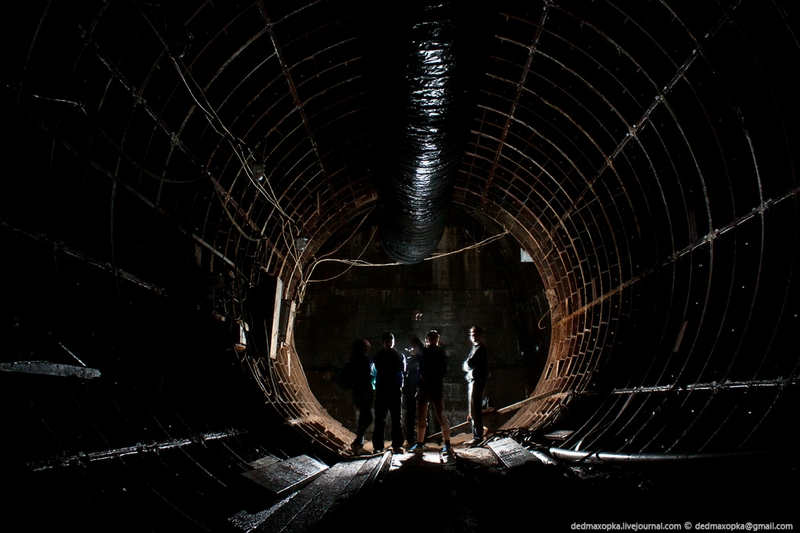"If you have built castles in the air, your work need not be lost; that is where they should be. Now put the foundations under them." - Henry David Thoreau An indispensably integral structure of any construction, the foundation, carries deep implications with respect to the overall structure of a building. A lot rests on how well it is built for it is the base that supports the weight of the entire house. Commonly made from concrete for homes, it is vital that the foundation work is done carefully. It is that structure of the house that transfers the weight of the building onto the earth below and provides support for the intense weight above. The depth of the foundation varies with the size of the building structure. Small and medium homes are built upon shallow foundations whereas large construction buildings necessitate a deep foundation. There are certain factors that construction engineers must consider while laying a home foundation. Undoubtedly, building the foundation of your house is one of the most important tasks to be undertaken when building a house. A foundation can enhance the beauty of any building but if laid incorrectly it can become unstable. Here are a few pointers that you must remember while laying a house foundation.
How To Build House Foundation
How To Build House Foundation
- It is always better to hire an engineer to inspect and approve of the concrete foundation that has been laid. This may cost you a bit but safety is best not compromised with. You definitely need to consult an engineer if you plan to have a basement.
- You can approach a surveyor who will inspect the plot before your start footing work. This will also help get the outline of your house marked.
- Once the surveyor has marked the position of the house, you need to get the excavator to dig soil for laying the foundation. Do not forget to consult your electrician and plumber to get the required excavation for these connections done at the same time.
- The electrician will lay pipes for electrical connections, cable and telephone. The wires will be connected to the various utilities as and when required. The plumber will look after the water connections and drainage. You must get all these connections inspected by the concerned regulatory authorities.
- Depending on the quality of the soil excavated, you may need to procure the appropriate soil type like pit run or drain rock. You may also need extra soil if you have to increase the level of soil. Ensure that the soil is leveled with proper equipment before the foundation is laid.
- Contact your electrician, plumber and heating company to ask them if they want anything installed in the foundation before the concrete is poured.
- Ensure that the footings and the foundation are laid at the same time. This way the concrete can be poured simultaneously for both.
- The foundation is usually stripped a day after the concrete is poured. Place the material that is stripped in such a way that it stays clean and does not obstruct ongoing construction work.
- Waterproofing is necessary for those areas of the foundation that are below the ground level.
- You need to place drain tiles along the edge of the house if there is a basement in the house. The top of the drain tile must be placed adjacent to the footing or foundation joint. If your municipality does not allow you to connect your pipe to the sewer then you will have to run the pipe to a gravel pit.
- All the electrical and water connections that you fix must be inspected by the authorities. Once the drain tile is inspected, backfilling and grading can begin.
- The concrete part of the structure must be done thoroughly. For this, you can hire a professional concrete finisher.
To prevent your house from sinking into the ground or getting blown away, a strong foundation is a must. Use quality materials for your foundation, garage, driveway and sidewalks. Make use of steel wherever needed for strengthening and holding things in place. A robust and well-laid foundation can be your best investment.
http://www.indobase.com
http://www.indobase.com


